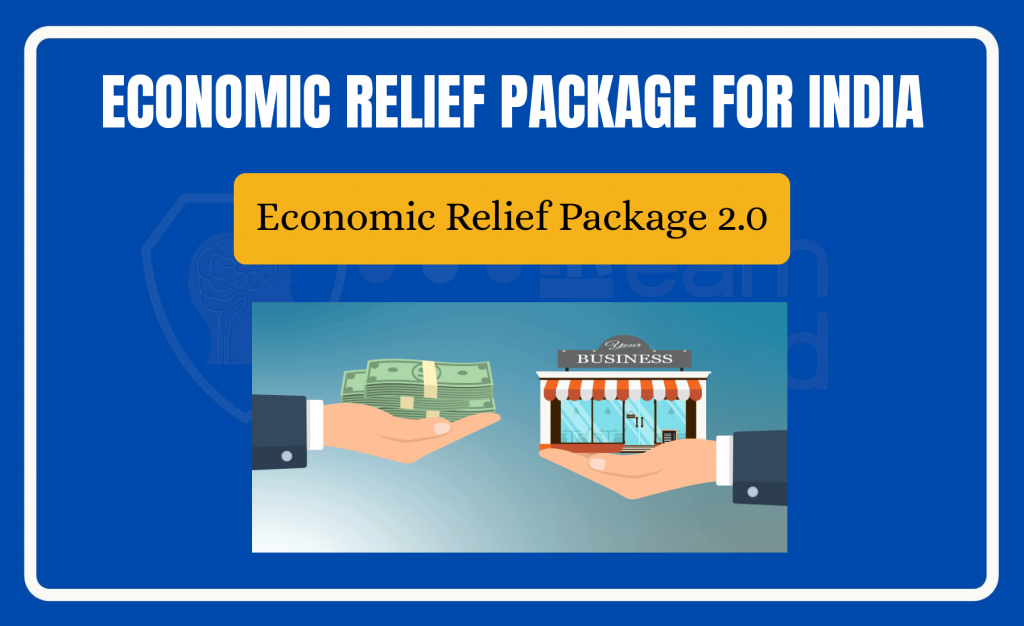
The economic damage Covid-19 has created across the globe is still unknown and countries across the globe are expecting a recession that is far worse than what the world witnessed during the 2008 financial crisis. The IMF projected an economic crisis that is similar to the great economic depression. IMF projected a fall in global GDP by 6% and expected only India and China to report positive GDP growth in the current year. To fight such an unprecedented scale of economic crisis world institutions, governments, central banks have all joined hands to provide sufficient economic stimulus package to revive the world economy. The US government announced an economic relief package of US$ 2 trillion, EU finance ministers agreed-upon US$590 billion, and Central banks across world announced rate cuts.
Economic relief package for India
The Indian government has also acted in a similar fashion where on March 27 the Finance minister announced an economic package of Rs. 1.7 lakh crore. The RBI announced a 25 basis point rate cut, a 3-month moratorium for interest payments, a 50,000 crore liquidity window for NBFC’s, relaxation on the classification of NPA and liquidity window for mutual funds, etc. The announced economic measures even though appreciated were also pointed as not enough. As on today noted investment professional, Samir Arora, said that the Foreign institutions might not be happy with the relief package announced and expecting more stimulus from the government.
Economic relief package 2.0
Amidst all the expectations today the Prime minister holds a meeting with the Finance minister, Nirmala Sitaraman, to discuss the second economic package to kickstart the economy back to normal and to revive growth. The meeting is held at the time when the country is preparing itself to open the curfew imposed nearly a month back. The package is expected to help fight liquidity constraints faced by the Indian incorporated, unorganized sectors of the country and safeguard the employment of people dependent on these businesses.
To read more about recent news, click here

